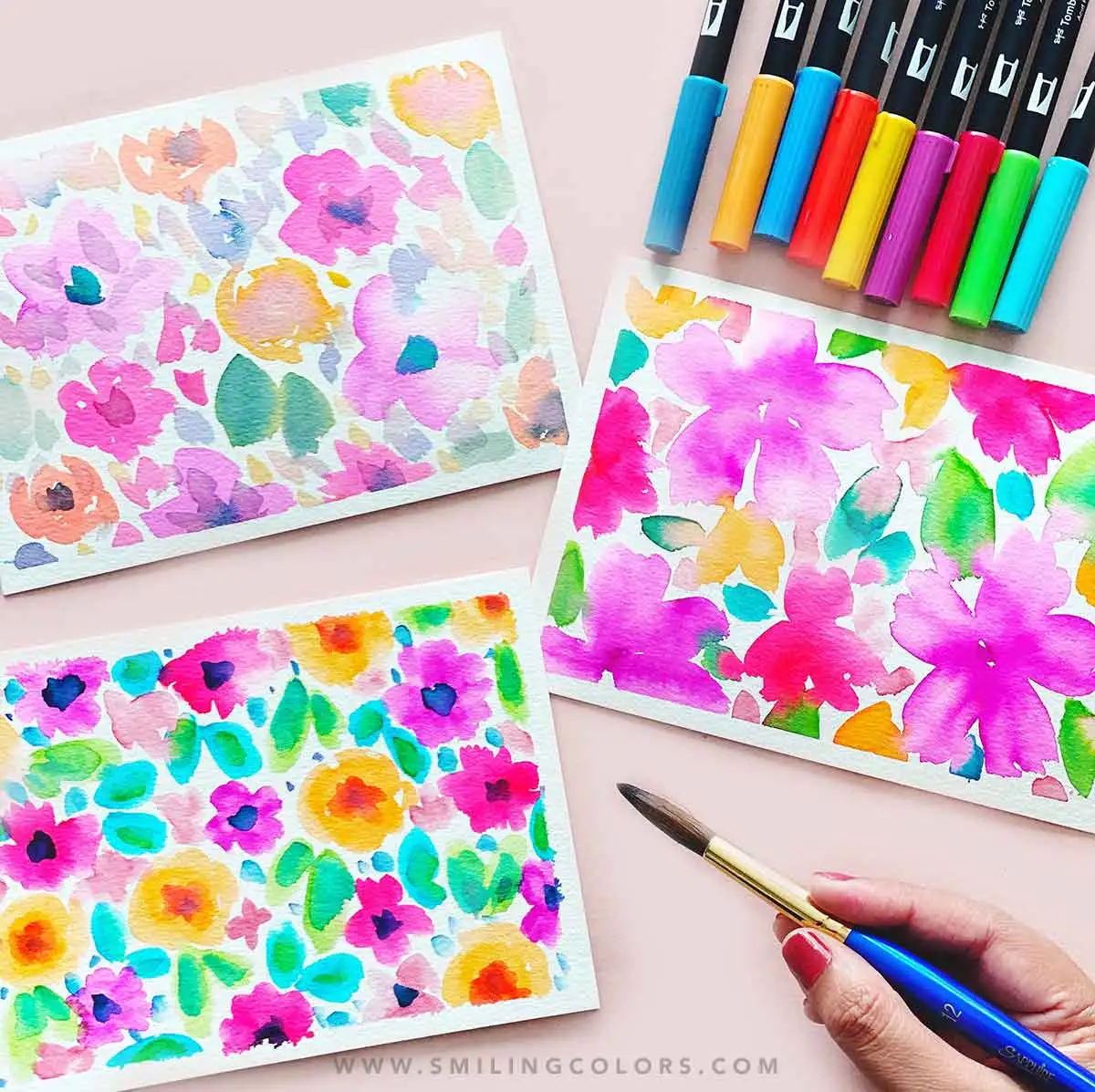
Watercolor markers offer a vibrant and versatile medium for artists and enthusiasts alike. Their blendability, portability, and ease of use make them a popular choice for coloring projects. Whether you're a beginner or a seasoned artist, this blog post will provide you with valuable tips and techniques to help you unlock the full potential of watercolor markers and elevate your coloring skills to new heights.
1. Choose Quality Watercolor Markers:
Investing in high-quality watercolor markers is crucial to achieve the best results. Look for markers that offer excellent color saturation, blendability, and lightfastness. Popular brands like Winsor & Newton, Tombow, and Copic offer a wide range of reliable options.
2. Start with the Right Paper:
Selecting the right paper is essential for successful watercolor marker coloring. Opt for heavyweight, acid-free watercolor paper with a smooth or slight texture that can handle the wetness of the markers without bleeding or warping. Cold-pressed or hot-pressed watercolor paper works well, depending on the effect you want to achieve.
3. Use a Light Touch:
Watercolor markers are highly pigmented, so it's important to start with a light touch and gradually build up layers of color. Apply light strokes in the beginning, allowing the colors to blend and mix naturally. You can always add more intensity later, but it's challenging to lighten areas that are too dark.
4. Practice Color Blending:
One of the advantages of watercolor markers is their ability to blend seamlessly. Experiment with blending colors by overlapping strokes or using a wet brush to blend them together. Create a color chart to understand how different hues interact and to have a handy reference guide for future projects.
5. Utilize Different Techniques:
Explore various techniques to enhance your watercolor marker coloring. Some popular techniques include wet-on-wet, wet-on-dry, dry brushing, and layering. Each technique offers unique effects and textures, so don't be afraid to experiment and find your personal style.
6. Protect Areas with Masking Fluid:
If you want to preserve certain areas of your artwork, consider using masking fluid. Apply it on specific areas before coloring to create a barrier that prevents the markers from reaching the paper. Once the coloring is complete, gently remove the masking fluid to reveal the untouched areas.
7. Embrace Water as Your Ally:
Water is the key to achieving stunning watercolor effects with markers. Experiment with adding water using a brush or water brush to create gradients, soft washes, or even create a watercolor-like effect by diluting the marker's pigment. The more you explore the water element, the more control you'll gain over your artwork.
8. Practice Layering and Texturing:
Layering is a powerful technique that allows you to build depth and dimension in your artwork. Start with lighter colors and gradually layer darker shades to add richness and complexity. Additionally, experiment with creating textures by dabbing, stippling, or using salt to create unique patterns and effects.
Conclusion:
Coloring with watercolor markers opens up a world of creative possibilities. By following these tips and techniques, you can enhance your skills and create stunning, vibrant artworks. Remember to experiment, practice, and let your imagination guide you. With time and dedication, you'll develop a mastery of coloring with watercolor markers and create beautiful, expressive pieces that captivate and inspire. Happy coloring!
